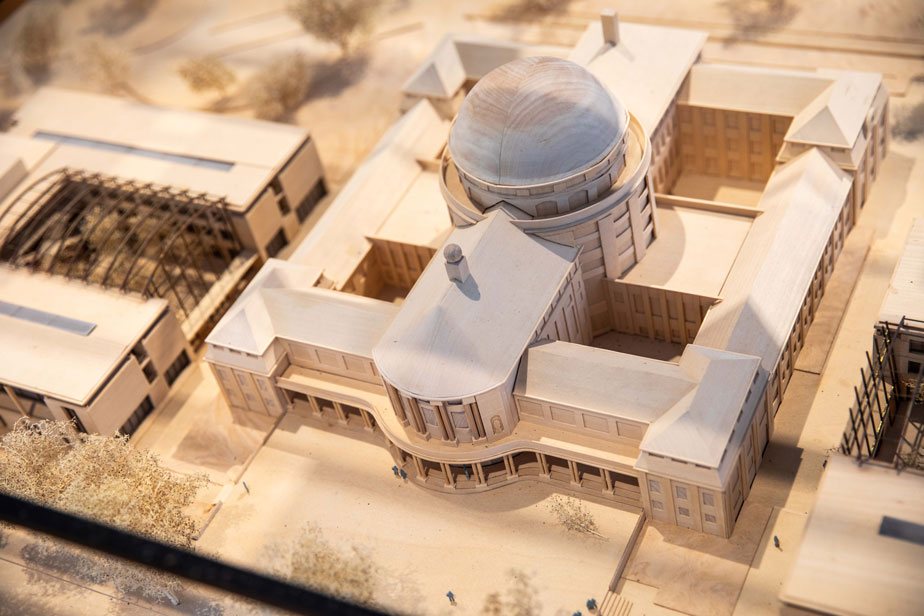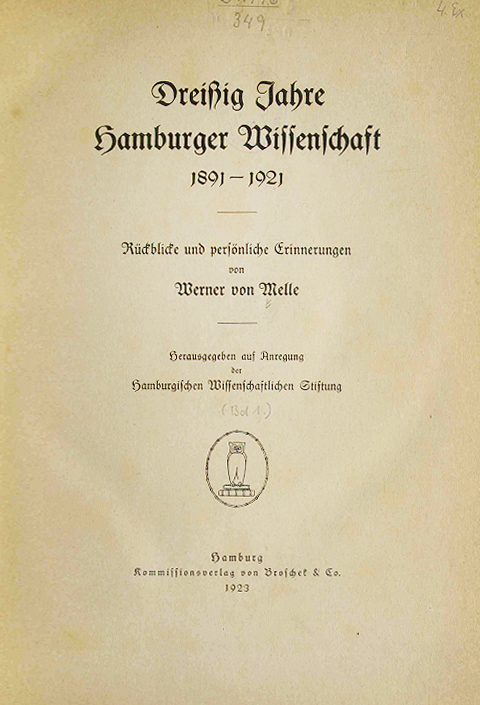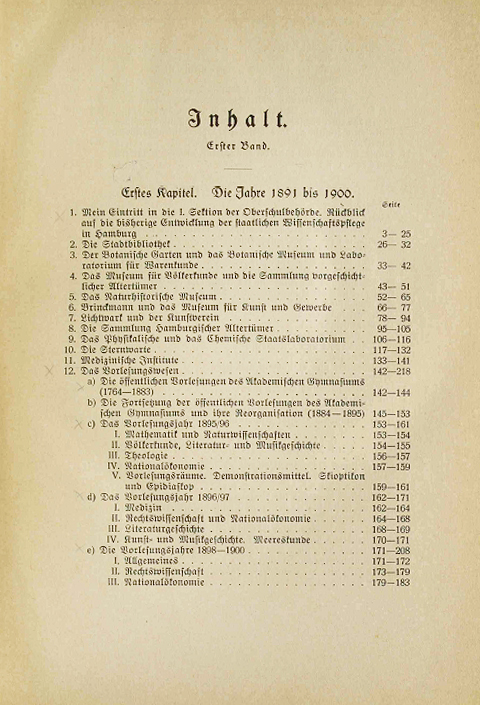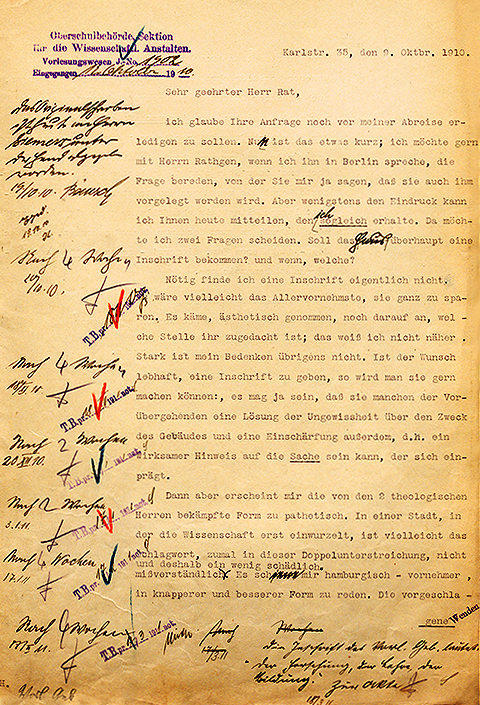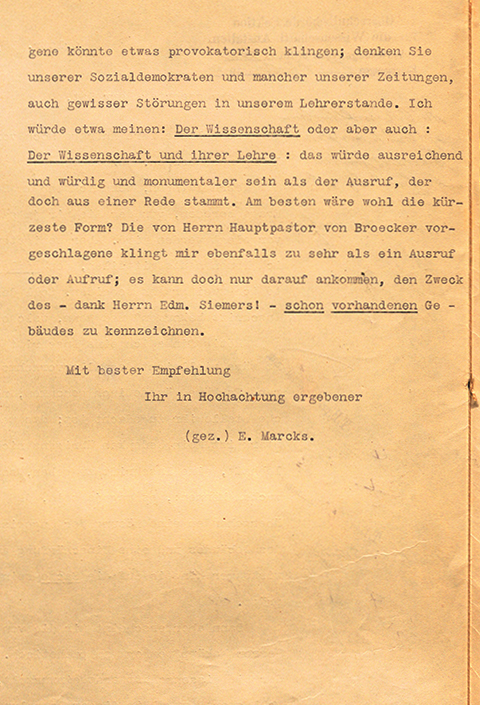To research to teach to educate and form
Werner von Melle (1853–1937)
As a legal advisor for the Senate, senator, head of the school authority, and first mayor, Werner von Melle’s influence on science and education from 1891 onwards was unparalleled. He pursued the founding of a university strategically and with excellent connections. In 1919, he achieved his goal with the help of the first democratically elected Hamburg Parliament.
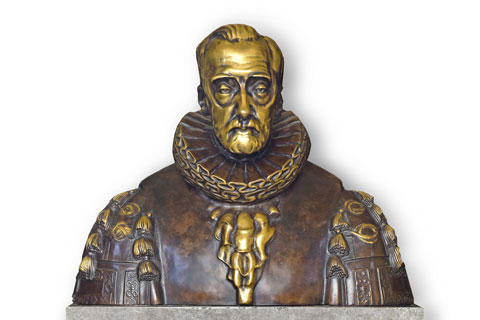
The Hamburg Scientific Foundation
At the initiative of Werner von Melle, influential Hamburg citizens founded the Hamburg Scientific Foundation in 1907. Among the founders were Edmund Siemers, Adolph Woermann, and Moritz Warburg. Their goal: to advocate for the founding of the University by providing financial support for professorships.
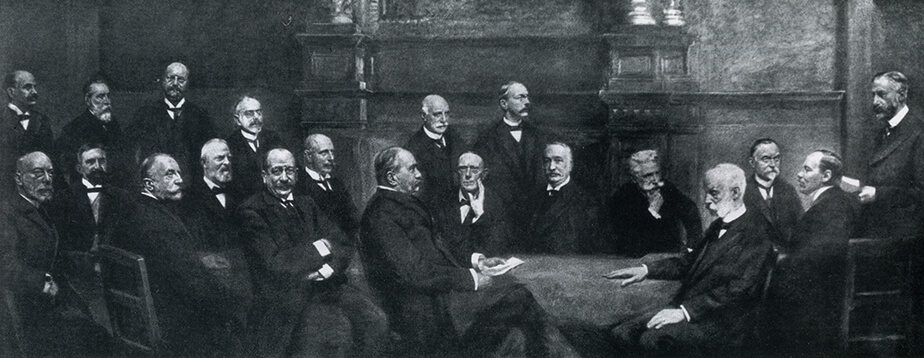
Edmund J.A. Siemers (1840–1918)
Edmund Siemers, who made his fortune trading petroleum and saltpeter, advocated for the founding a university. He funded a building for the General Lecture Series and the Colonial Institute, for which the City granted him the construction site on the Moorweide free of charge.
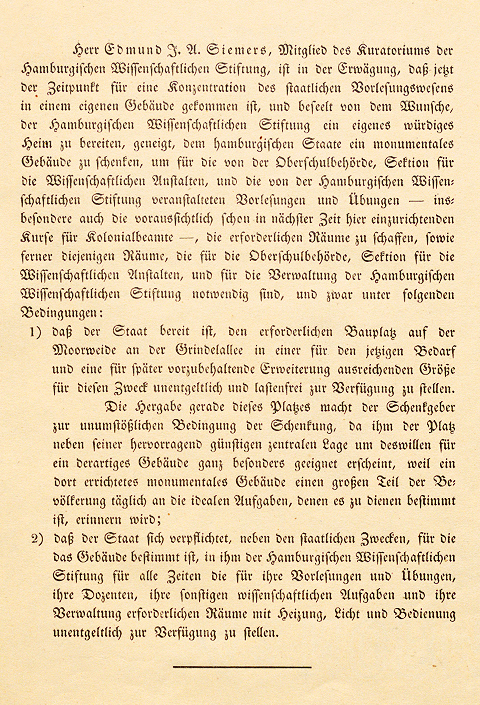
A lecture building for Hamburg
“This golden key to the lecture building was presented to Mayor W. von Melle upon dedication of the building,” reads the handwritten note. For Werner von Melle, who probably urged Edmund Siemers to endow the building, it was also the key to the University’s future.
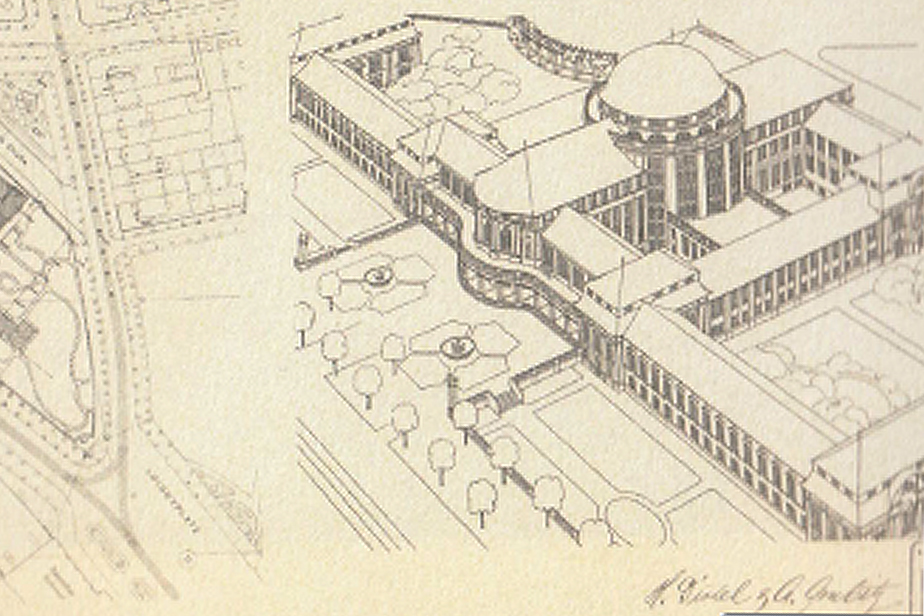
To research, to teach, to educate and form
The inscription above the entrance to the lecture building and present-day University Main Building was proposed by Edmund Siemers. Formulated in 1910/11, it became the University mission statement. Today, it appears in the University logo.
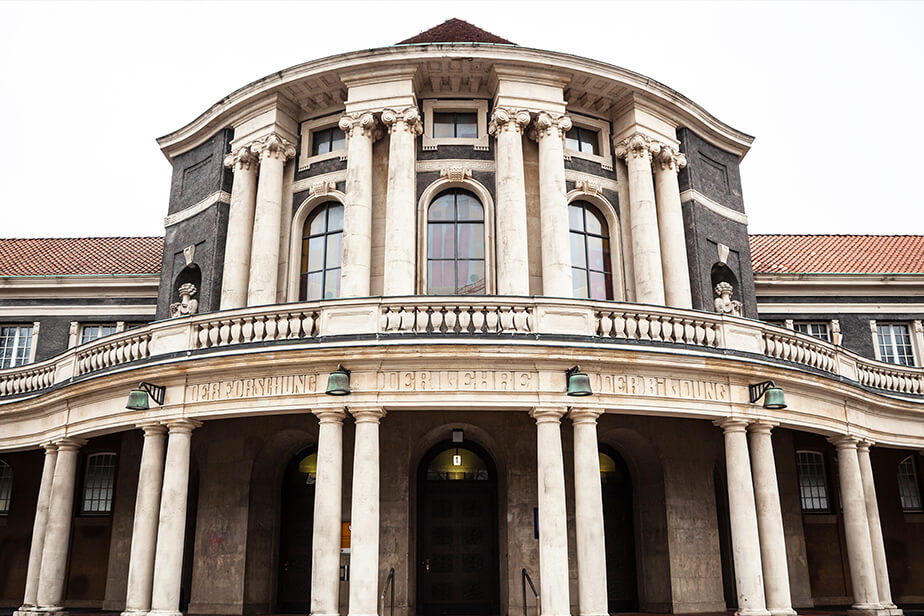
An inscription for the lecture building
Edmund Siemers insisted on an inscription on the lecture building. Max Förster, a senior government aide, approached several no-table figures, including the historian Prof. Erich Marcks, for suggestions. However, the sources do not answer the question of who actually formulated the mission statement.
For a future university
The Hamburger Woche newspaper published a special insert on the dedication of the lecture building in 1911. In a hand-written note, Edmund Siemers dedicated the building to research, teaching, and education. The official English translation reads: “To research, to teach, to educate and form.” Annointed “Universität Hamburg,” the founding of the University was within grasp.
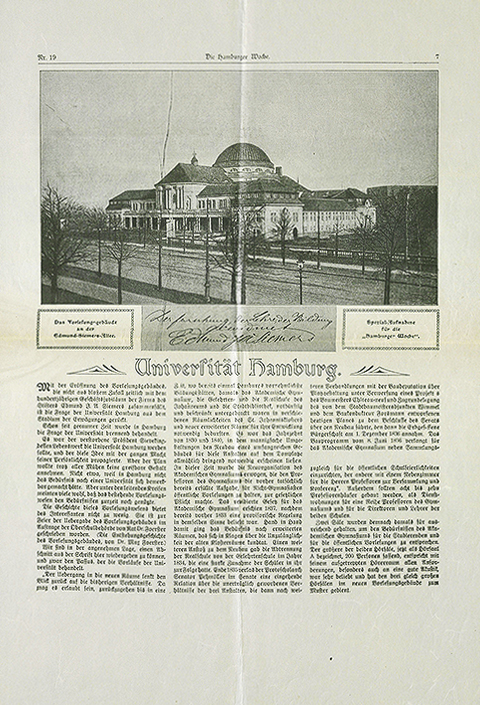
The academic institutes
In the course of the 19th century, ten academic institutes were established in Hamburg. Among them were a state physics laboratory and a state chemistry laboratory, as well as museums like the Museum of Natural History, where the rare mineral struvite, first found in an archaeological dig in Hamburg, was displayed.
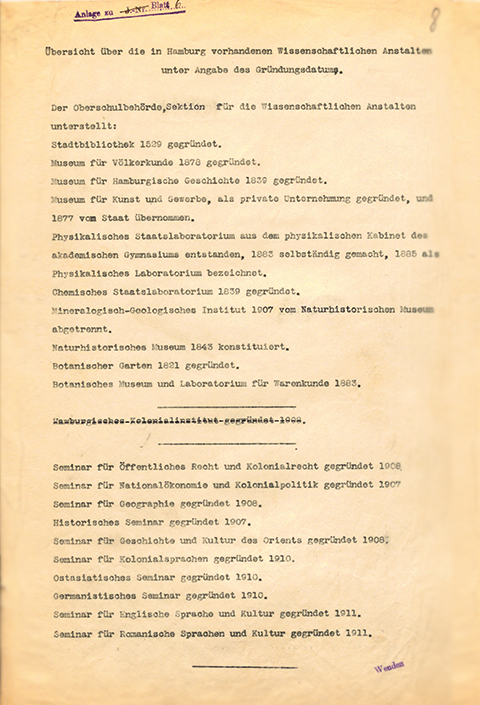
The general lecture series
The General Lecture Series has been a Hamburg institution since 1764. The number of people attending soared after Werner von Melle reorganized it in 1895. In 1913/14, ten thousand men and seven thousand women attended lectures of general interest or to further their professional education.

Lectures in new rooms
The three thousand seats in the new building provided much-needed new space for the General Lecture Series. The lectures, for which admission fees were charged, were held by professors from the academic institutes and the new seminars. Guest lecturers from other universities were also invited to speak.
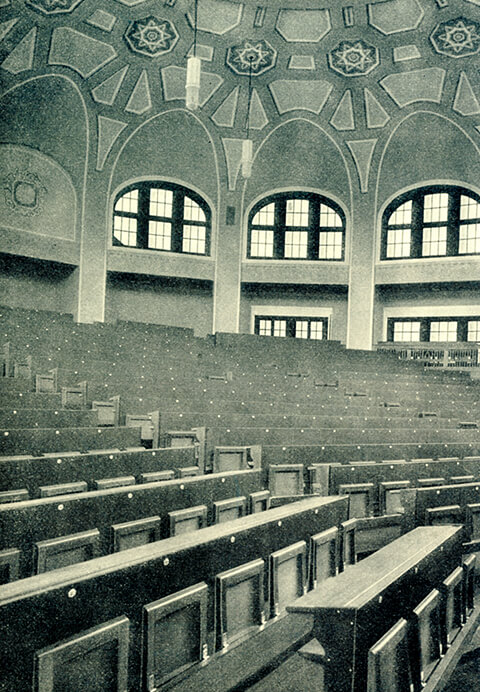
Professorships and seminars
Between 1907 and 1919, Hamburg established fifteen seminars, the professors of which oversaw both the General Lecture Series and the Colonial Institute. Economist Karl Rathgen was the first professor appointed. There followed further prominent scholars, thanks to whom the Hamburg institutes were considered to be of university standard.
The colonial institute
The central office of the Colonial Institute, opened in 1908, was on the first floor of the lecture building. Although the Institute trained only few colonial civil servants, it was nevertheless an important step toward establishing a university, since it justified creating new professorships and seminars.
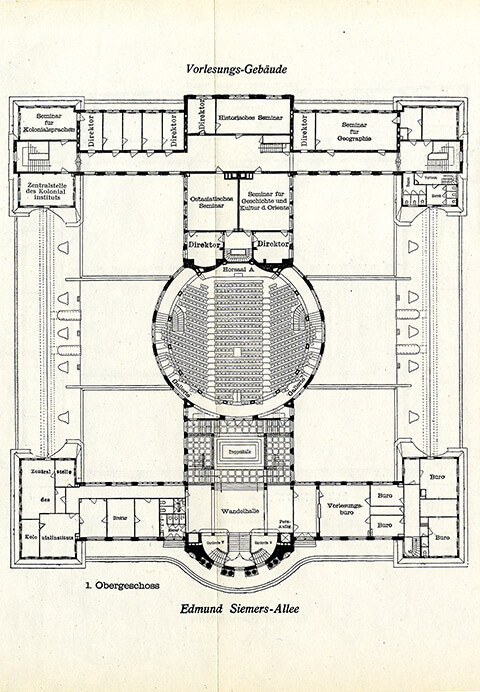
The university
The years of beating the drums for scholarship and education paid off: On 28 March 1919 the Hamburg Parliament resolved to found the University. The University owes its thanks to the generosity of Hamburg citizens for more than just the Main Building. In 1994, Helmut and Hannelore Greve endowed both of the building’s new wings.
